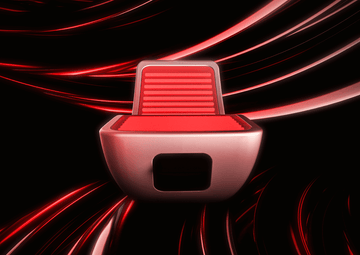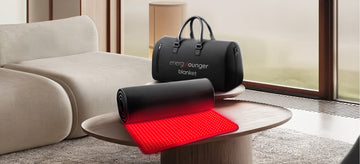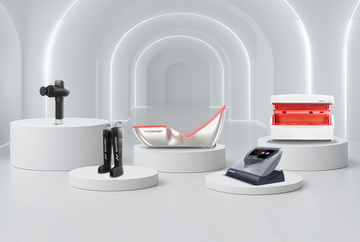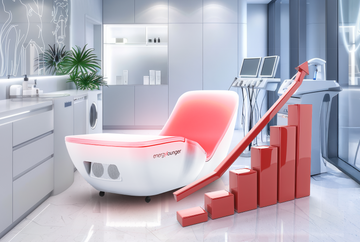Red Light Therapy: Then and Now

Red light therapy, also known as photobiomodulation therapy, has been used for various purposes for several decades.
However, advancements in technology and research have led to significant improvements in red light therapy over time. Here's a comparison of red light therapy then and now:
THEN:
Early experiments: Red light therapy traces its roots back to the late 1960s when researchers discovered that certain wavelengths of light could have effects on living organisms.
Limited understanding: In the early years, the mechanisms behind how red light therapy worked were not fully understood. The benefits observed were primarily anecdotal.
Bulky equipment: The initial red light therapy devices were large and cumbersome, making them less accessible for widespread use.
Limited options: Initially, red light therapy mainly utilized incandescent bulbs, which emitted a broad spectrum of light. These devices lacked the ability to deliver specific wavelengths and control intensity.
Few applications: Red light therapy was primarily used in dermatology for wound healing, skin rejuvenation, and treatment of certain skin conditions.
NOW:
Scientific understanding: With advancements in research, the understanding of red light therapy has significantly improved. Studies have identified various biological processes, such as increased ATP production and modulation of cellular signaling, that contribute to the therapeutic effects.
Compact and versatile devices: Red light therapy devices have evolved to become smaller, more portable, and user-friendly. This has allowed for at-home use and expanded application possibilities.
Specific wavelengths: Current devices can deliver specific wavelengths of light, such as red (600-700nm) and near-infrared (700-1000nm), which have different effects on cells and tissues. Tailoring the treatment to the desired outcome is now possible.
Diverse applications: Red light therapy is now widely used across several fields, including sports medicine, pain management, dermatology, and even mental health. It has shown potential benefits for muscle recovery, reducing inflammation, improving sleep, and promoting wound healing.
Overall, red light therapy has come a long way from its early days. Advancements in scientific understanding and technology have made it more accessible, versatile, and effective, expanding its applications far beyond what was initially explored.





